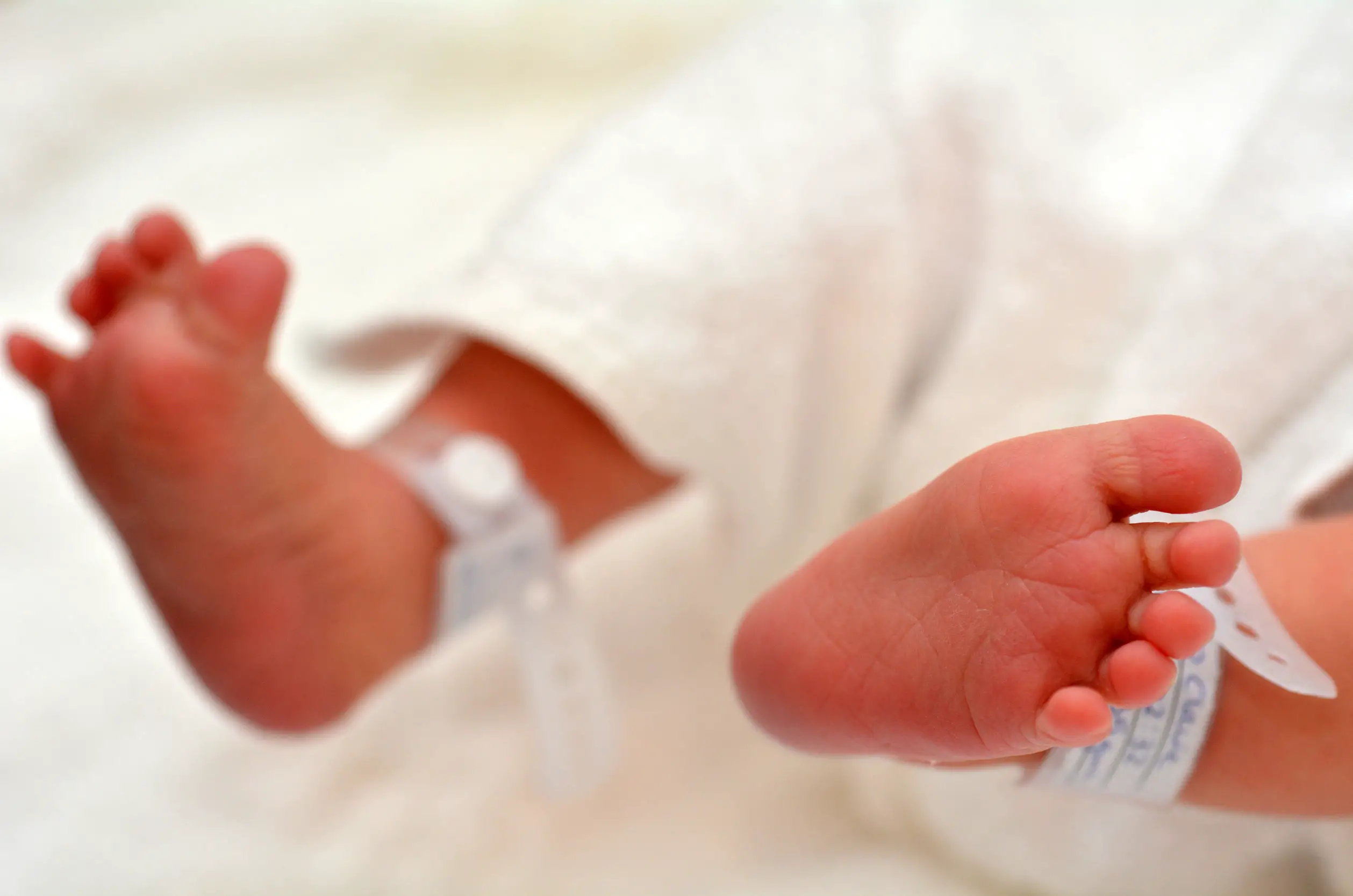26-Year-Old Woman Gives Birth To Baby Who Was Frozen As An Embryo For 24 Years
Tags: opinion

By Amanda Froelich Truth Theory
We’ll bet you read that headline at least twice, right? Don’t worry, you’re not alone. The following story is a confusing — albeit exciting — one.
Earlier this year, then 25-year-old Tina Gibson and her 33-year-old husband, Benjamin, found out that they couldn’t have kids. Benjamin suspected such previously, as he has cystic fibrosis — a condition that can make men infertile.
After coming to terms with the reality, the couple decided to look into unconventional alternatives. That’s when they decided to try out “embryo adoption.” Intrigued by the idea, Tina submitted an application for the adoption in August of 2016. By the spring, she had three embryos from the same anonymous donor transferred into her uterus, reports Science Alert.
While preparing for the transfer, however, Tina and Benjamin learned that the embryo was close to Tina’s age. That’s right, Tina was just 18 months old when her now-daughter was frozen at the clinic. Though the couple had the option to not accept the older embryo due to its age, they thought it was “great.”
On Thanksgiving weekend, Tina gave birth to a healthy baby girl named Emma Wren Gibson. The baby is now a “world record,” as she is the longest-frozen embryo to come to birth.
”People say, ‘oh it’s science,’ but no I think it’s a gift from the Lord. It’s a gift from the Lord, for sure,” Tina Gibson told NBC local affiliate WBIR. Benjamin said of his new daughter, “Emma is such a sweet miracle. I think she looks pretty perfect to have been frozen all those years ago.”
Why Infertility is On the Rise
Approximately 12 percent of American women aged 15 to 55 (or about 7.3 million) have used some sort of fertility assistance to get pregnant, reports the CDC. Additionally, the use of assisted reproductive technologies has doubled in the past decade. Fortunately, the efforts have paid off. In 2015, the procedures resulted in the births of 73,000 babies. That’s about 1.6 percent of all US births, reports Science Alert.
There is some research suggesting environmental toxins, along with poor dietary and lifestyle habits, are to blame for the reduced fertility rates around the world. Specifically, environmental pollutants, non-organic meat, processed soy foods, excess stress, and chemicals in products are contributing to estrogen dominance. Symptoms of this imbalance include: PMS, cramps, fibroids, endometriosis, heavy menstrual bleeding, ovarian cysts, recurrent miscarriage, infertility, PCOS, and lack of ovulation.
To naturally balance estrogen levels, omit animal products from your diet (or eat only organic and hormone-free), use organic cleaning products which don’t harm the environment, avoid plastics and containers which contain BPA, and get outside and exercise (sweat!) more. You can also supplement with progesterone, but consult your local naturopath or doctor beforehand.
What are your thoughts? Please comment below and share this news!
Read more: Health Blogger Exposes The Reality Behind ‘Inspirational’ Instagram Pictures
Image Credit: rafaelbenari / 123RF Stock Photo
Leave Comment: